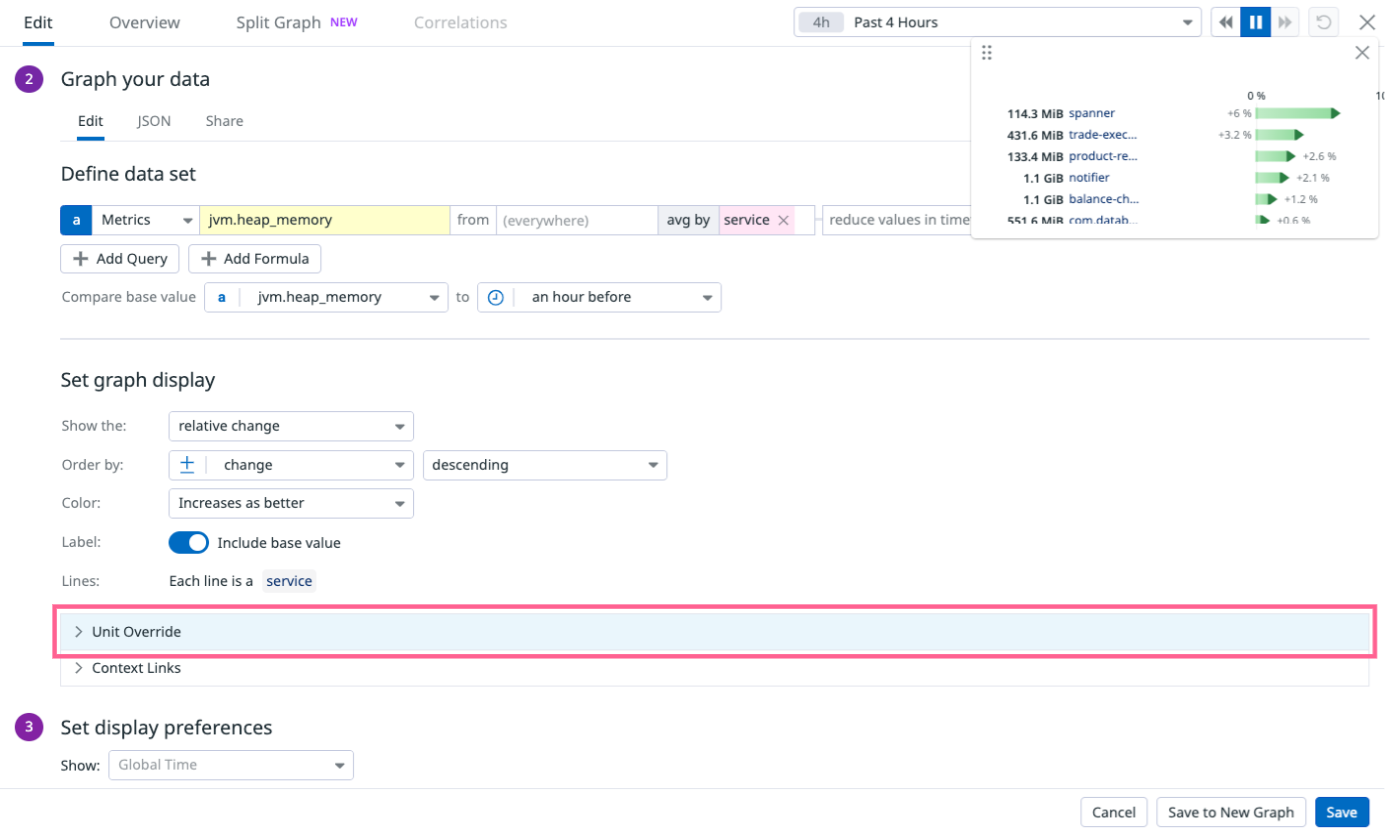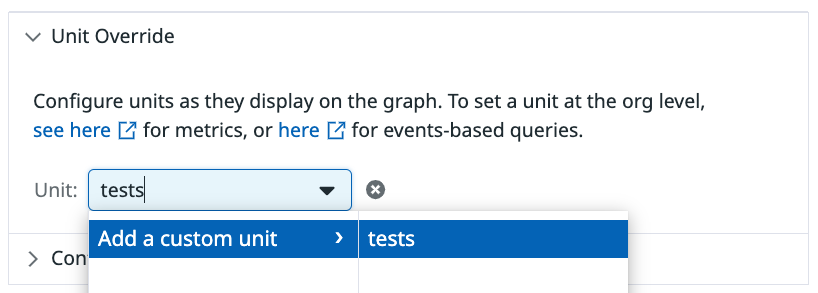- 重要な情報
- はじめに
- Datadog
- Datadog サイト
- DevSecOps
- AWS Lambda のサーバーレス
- エージェント
- インテグレーション
- コンテナ
- ダッシュボード
- アラート設定
- ログ管理
- トレーシング
- プロファイラー
- タグ
- API
- Service Catalog
- Session Replay
- Continuous Testing
- Synthetic モニタリング
- Incident Management
- Database Monitoring
- Cloud Security Management
- Cloud SIEM
- Application Security Management
- Workflow Automation
- CI Visibility
- Test Visibility
- Intelligent Test Runner
- Code Analysis
- Learning Center
- Support
- 用語集
- Standard Attributes
- ガイド
- インテグレーション
- エージェント
- OpenTelemetry
- 開発者
- 認可
- DogStatsD
- カスタムチェック
- インテグレーション
- Create an Agent-based Integration
- Create an API Integration
- Create a Log Pipeline
- Integration Assets Reference
- Build a Marketplace Offering
- Create a Tile
- Create an Integration Dashboard
- Create a Recommended Monitor
- Create a Cloud SIEM Detection Rule
- OAuth for Integrations
- Install Agent Integration Developer Tool
- サービスのチェック
- IDE インテグレーション
- コミュニティ
- ガイド
- API
- モバイルアプリケーション
- CoScreen
- Cloudcraft
- アプリ内
- Service Management
- インフラストラクチャー
- アプリケーションパフォーマンス
- APM
- Continuous Profiler
- データベース モニタリング
- Data Streams Monitoring
- Data Jobs Monitoring
- Digital Experience
- Software Delivery
- CI Visibility (CI/CDの可視化)
- CD Visibility
- Test Visibility
- Intelligent Test Runner
- Code Analysis
- Quality Gates
- DORA Metrics
- セキュリティ
- セキュリティの概要
- Cloud SIEM
- クラウド セキュリティ マネジメント
- Application Security Management
- AI Observability
- ログ管理
- Observability Pipelines(観測データの制御)
- ログ管理
- 管理
Customize your visualizations with unit override
このページは日本語には対応しておりません。随時翻訳に取り組んでいます。翻訳に関してご質問やご意見ございましたら、お気軽にご連絡ください。
Overview
The unit override feature in visualizations allows you to customize how your data is labeled. This guide covers the configuration options for unit override and how these options help you analyze your graphs.
Note: Many of the examples in this guide use the Table widget, however, unit override is not exclusive to this widget.
To set a unit at the org level, see the following documentation:
Configuration
In your Notebooks and Dashboard widgets, find the graph editor of the cell or the widget. For Notebooks, click More Options and for Dashboards, find the Graph your data section.
How unit and scale attribution works
When a unit is detected, Datadog automatically chooses the most readable unit scale depending on the magnitude of your data. For example, if the source data is nanoseconds, the widget could display readable values in minutes and seconds instead of millions of nanoseconds.
With unit override, you can choose a single fixed scale to compare values. In the example below, all values are configured to scale to minutes. This is to directly compare values in the same scale.
Assign custom units
Assign custom units to a widget to add context to unit-less metrics (like counts).
Define completely custom units that are not included in the provided list of units. Instead of a generic count of events, you can specify that you are visualizing 10,000 tests, or 100 sessions. This gives you immediate context for what data you are analyzing.
Note: Autoscaling is not available for custom units as the unit family is not recognized.
Further reading
お役に立つドキュメント、リンクや記事:




